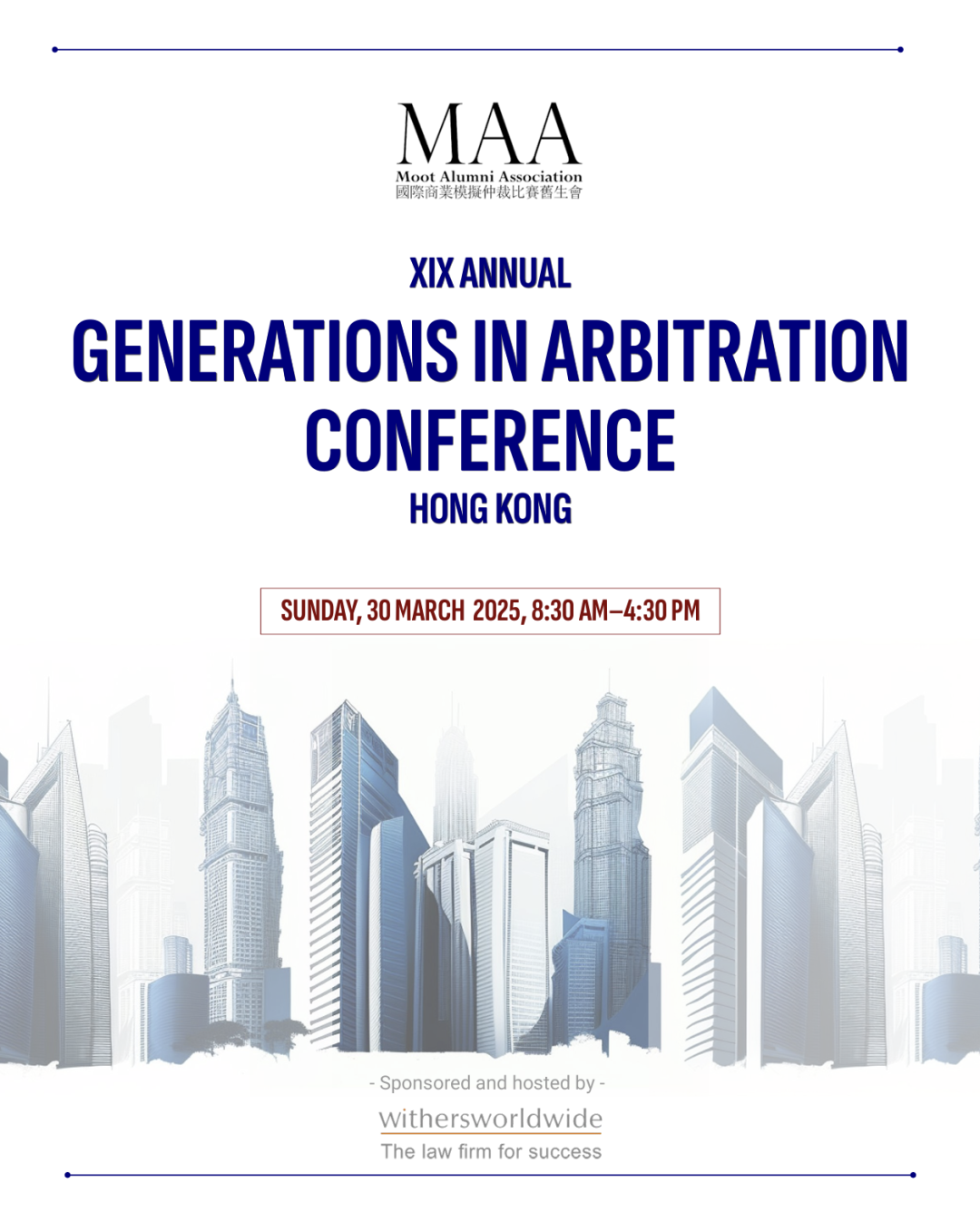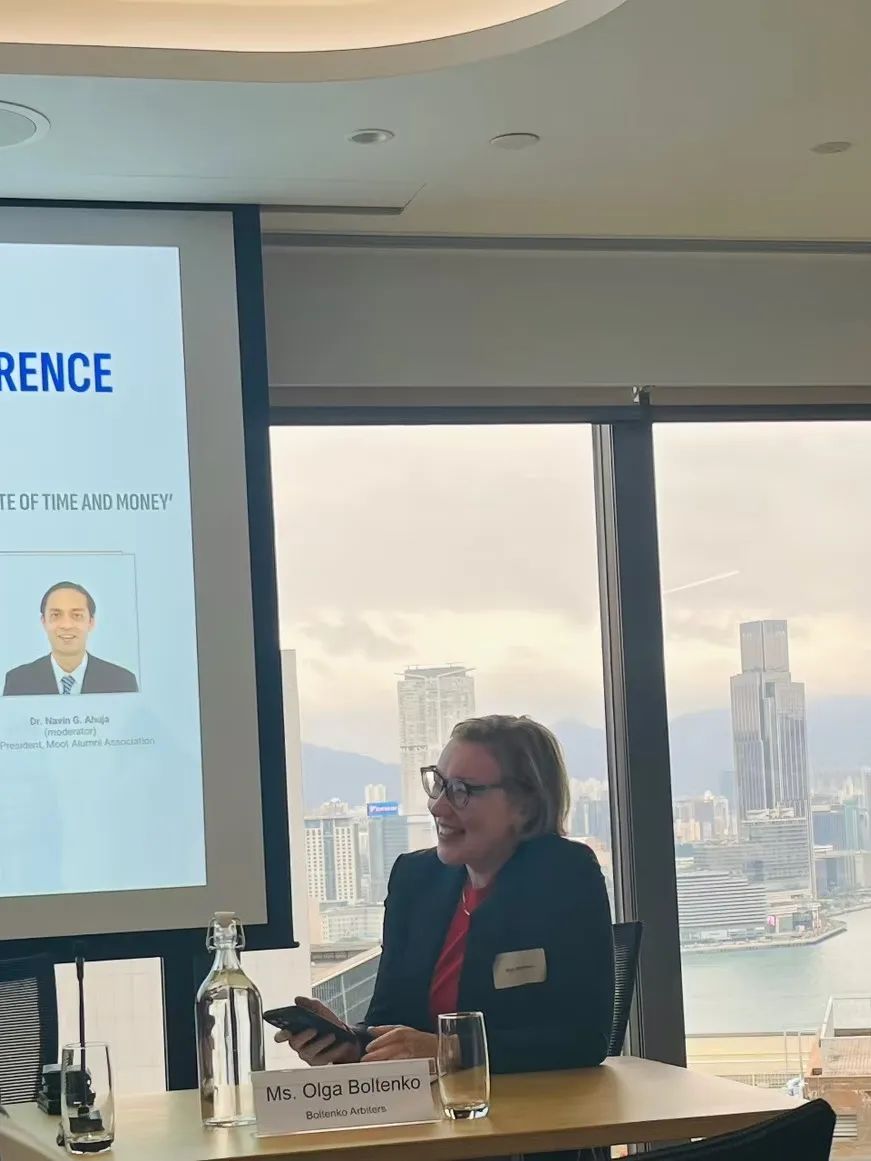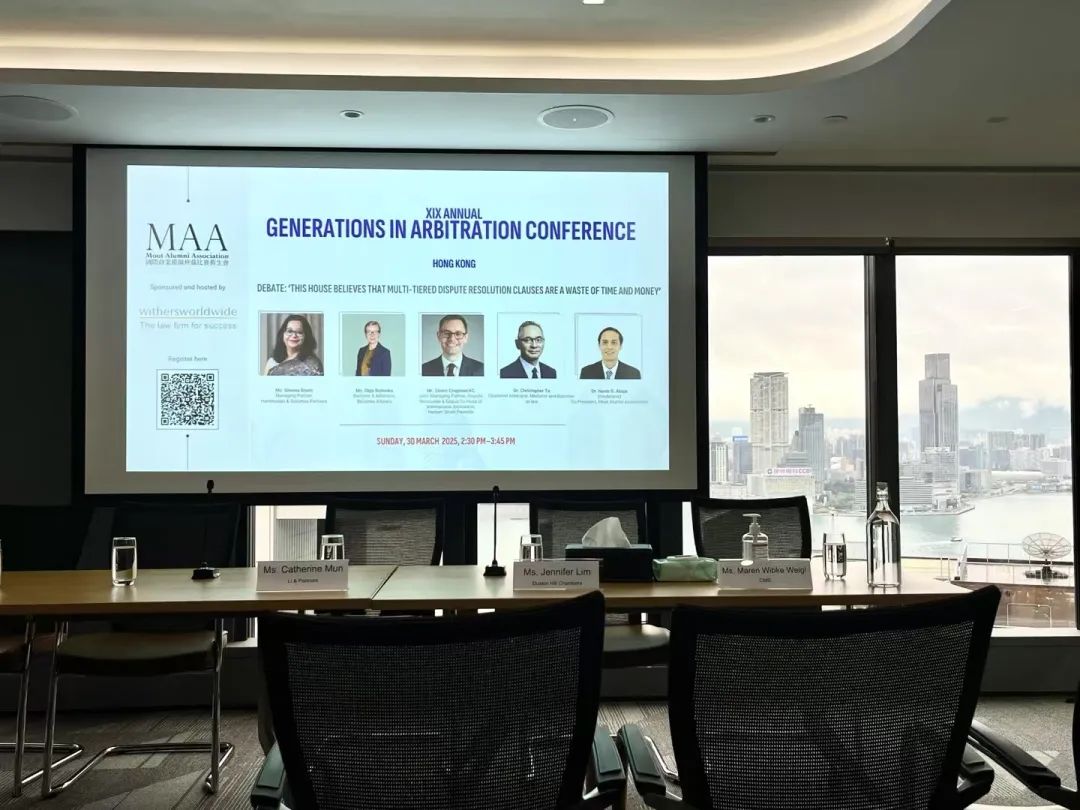

The 19th Generations in Arbitration Conference hosted a lively debate on multi-tier dispute clauses: Do mandatory negotiation/mediation requirements before arbitration facilitate resolution or create unnecessary delays? Both sides presented compelling arguments supported by case law from various jurisdictions.


●●●
Arguments Against Multi-Tiered Clauses
1. Mandatory Mediation Often Fails Due to Lack of Genuine Commitment
Critics argued that forcing parties into mediation leads to superficial compliance rather than real settlement efforts. In India, the Commercial Courts Act (2015) made pre-litigation mediation compulsory, yet 85% of cases failed because parties participated only to fulfill legal requirements. The Democratic Republic of the Congo v. FG Hemisphere (2011) case further highlighted how unclear procedural steps in dispute clauses create legal ambiguities, leading to unnecessary litigation.
2. Poor Drafting Leads to Compliance Disputes and Delays
Many multi-tiered clauses are vaguely worded, resulting in disputes over whether parties have fulfilled pre-arbitration steps. The UK case Emirates Trading Agency v. Prime Mineral Exports (2014) upheld a negotiation clause but stressed that precise drafting is essential—otherwise, courts may ignore such clauses. Similarly, Grant Thornton v. JBPB (2011, UK) rejected a mediation clause because it lacked clear procedural guidelines, showing how weak drafting invites challenges.
3. Stronger Parties Exploit Mandatory Steps to Delay Justice
Governments and corporations sometimes use mandatory negotiation periods to stall claims, particularly in high-stakes disputes. In Chevron v. Ecuador, Ecuador argued that Chevron failed to exhaust pre-arbitration negotiations, delaying proceedings by over three years. The tribunal in Murphy Exploration v. Ecuador later criticized such “cooling-off periods” as procedural hurdles that stronger parties exploit.
4. Legal Uncertainty: Courts Disagree on Enforcement
Jurisdictions differ on whether non-compliance with pre-arbitration steps blocks arbitration entirely (jurisdictional issue) or is merely a procedural defect (admissibility issue). For example:
• Singapore (International Research Corp v. Lufthansa, 2014) required strict compliance, ruling that failure to mediate could deprive a tribunal of jurisdiction.
• India (Jaja Nirman v. Southwestern Railway) held that pre-arbitration steps were directory, not mandatory, allowing arbitration to proceed even if negotiations failed.
This inconsistency forces parties into additional litigation over enforceability, increasing costs.
Arguments Supporting Multi-Tiered Clauses
1. Recent Rulings Reduce Uncertainty by Distinguishing Jurisdiction vs. Admissibility
Critics argued that forcing parties into mediation leads to superficial compliance rather than real settlement efforts. In India, the Commercial Courts Act (2015) made pre-litigation mediation compulsory, yet 85% of cases failed because parties participated only to fulfill legal requirements. The Democratic Republic of the Congo v. FG Hemisphere (2011) case further highlighted how unclear procedural steps in dispute clauses create legal ambiguities, leading to unnecessary litigation.
2. Well-Drafted Clauses Are Effective and Enforceable
When clauses are clear and specific, courts enforce them without issue. Examples include:
• Cable & Wireless v. IBM (2002, UK): Enforced a mediation clause because it defined the mediator selection process and timeline.
• HSBC v. Toshin Development (Singapore, 2012): Upheld a good-faith negotiation clause, recognizing its public policy benefits.
These cases prove that precise drafting eliminates ambiguity and ensures enforceability.
3. Mediation Encourages Early Settlement and Reduces Costs
Even if mediation does not immediately resolve a dispute, it often narrows the issues for arbitration. The UK’s Ethnic Pharmaceuticals v. Alchemy (2020) allowed arbitration despite a mediation clause but acknowledged that mediation helps streamline disputes. Similarly, Singapore’s Tanglin Club v. Employees (2018) noted that structured escalation clauses reduce litigation costs when properly implemented.
4. Global Trend Favors Enforcement in Major Jurisdictions
While enforcement remains inconsistent in some regions (e.g., China), key arbitration hubs like Hong Kong, Singapore, and the UK increasingly support multi-tiered clauses. The UNCITRAL Model Law’s influence has also encouraged uniformity in treating non-compliance as an admissibility issue.



Key Takeaways & Practical Recommendations
1. The Problem Lies in Drafting, Not the Concept Itself
• Poorly drafted clauses (e.g., Grant Thornton v. JBPB) lead to disputes and delays.
• Well-structured clauses (e.g., Cable & Wireless v. IBM) save time and costs.
2. Best Practices for Enforceable Multi-Tiered Clauses
• Set clear timeframes (e.g. “30-day negotiation window before arbitration”).
• Define consequences for non-compliance (e.g., automatic arbitration trigger).
• Avoid vague language (e.g., “parties shall negotiate in good faith” without specifics).
3. Courts Are Moving Toward Consistency
• Recent rulings (e.g., C v. D, SL Mining) suggest a growing consensus that non-compliance does not block arbitration—it merely affects admissibility.
Final Verdict
Multi-tiered dispute resolution clauses are not inherently flawed, but their effectiveness depends on careful drafting and judicial enforcement. When properly structured, they promote early settlement and reduce costs; when poorly drafted, they create unnecessary disputes and delays.
The solution is better legal drafting and continued judicial clarity—not abandoning these clauses altogether.

Scan the QR code to connect with the author

In today’s uncertain world, it’s not about avoiding risk, but about navigating it wisely.
Gary Born